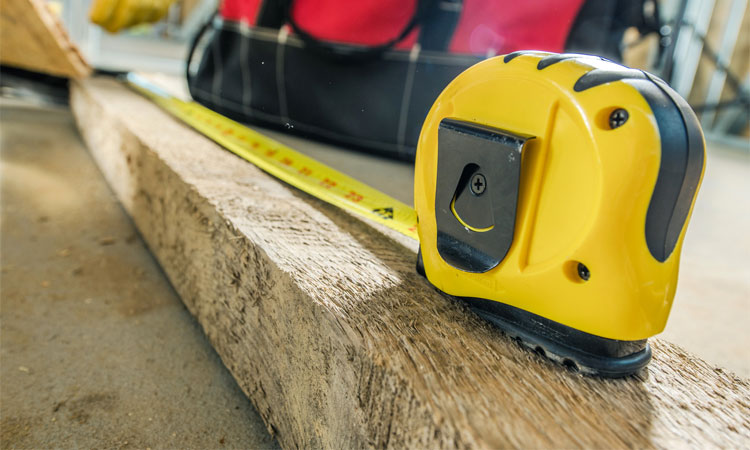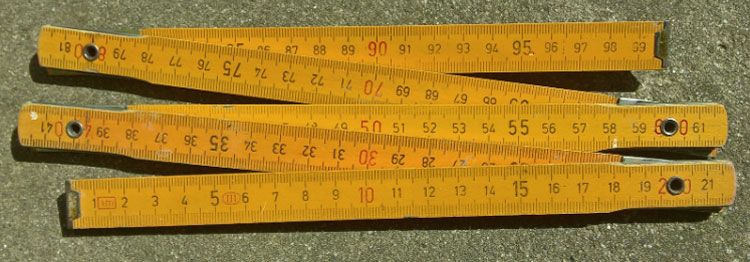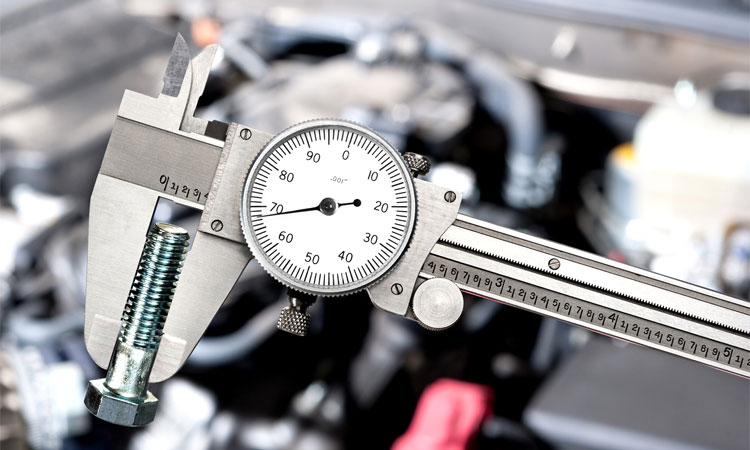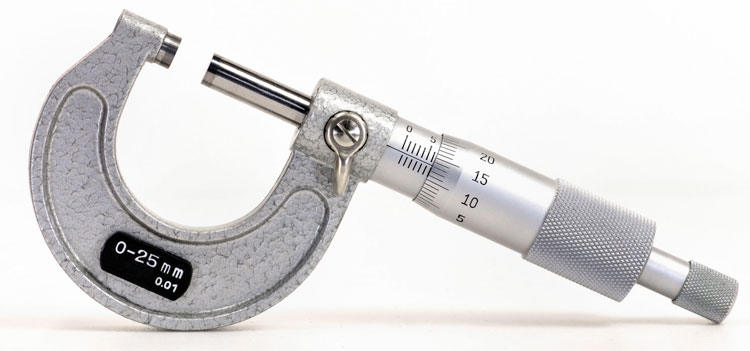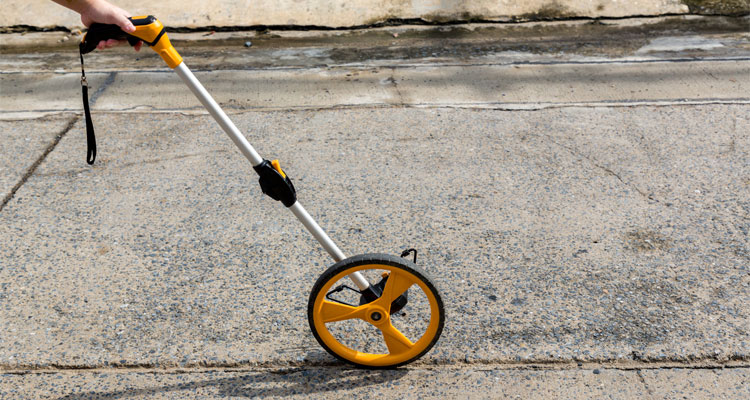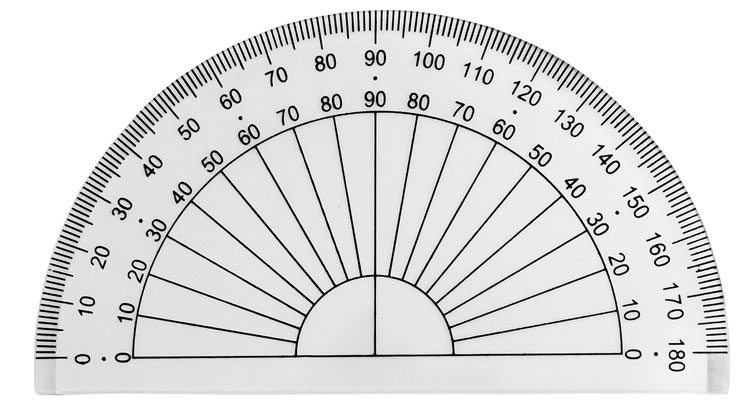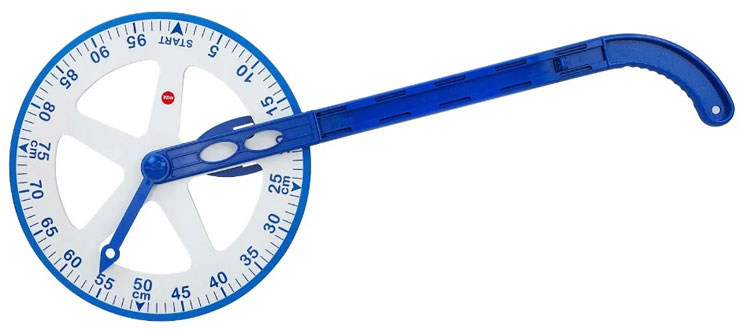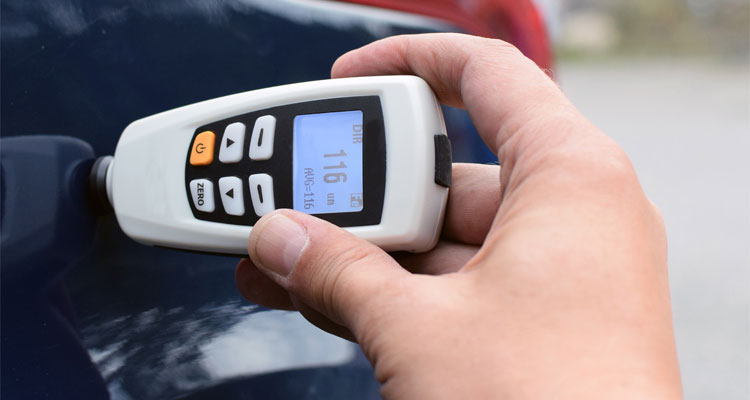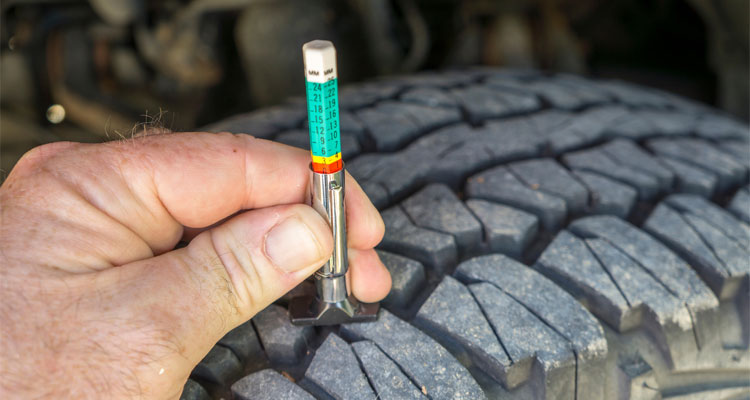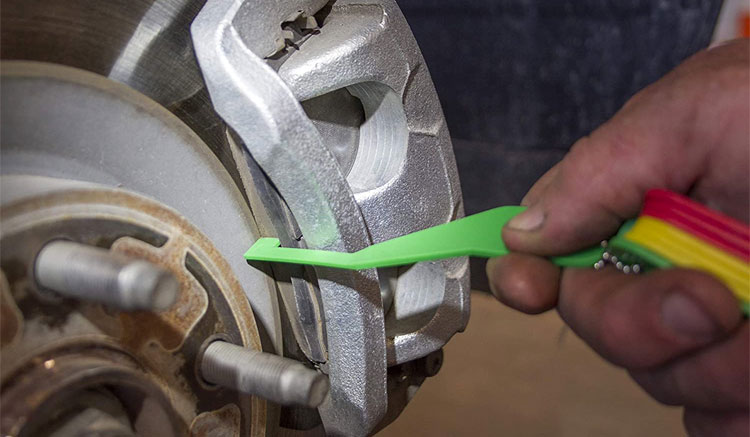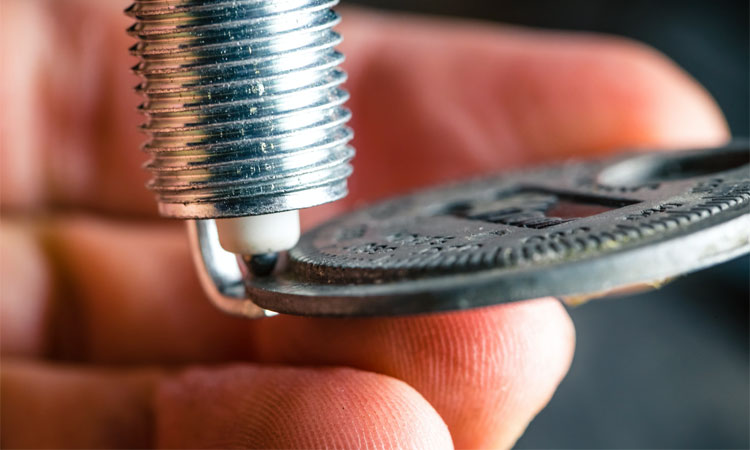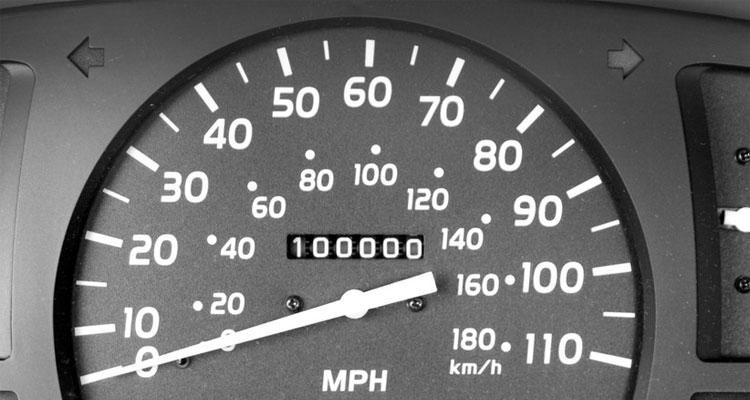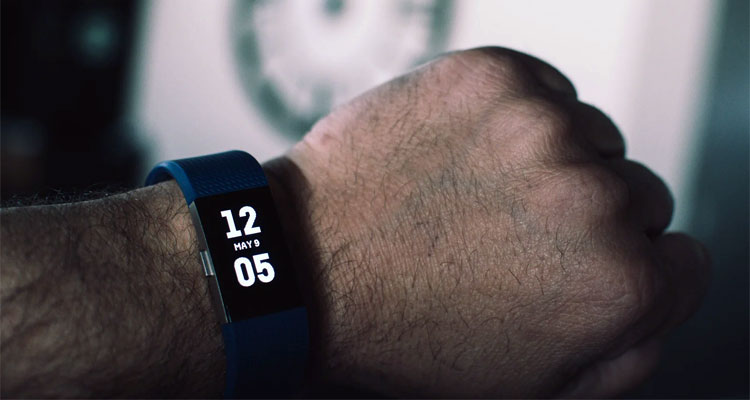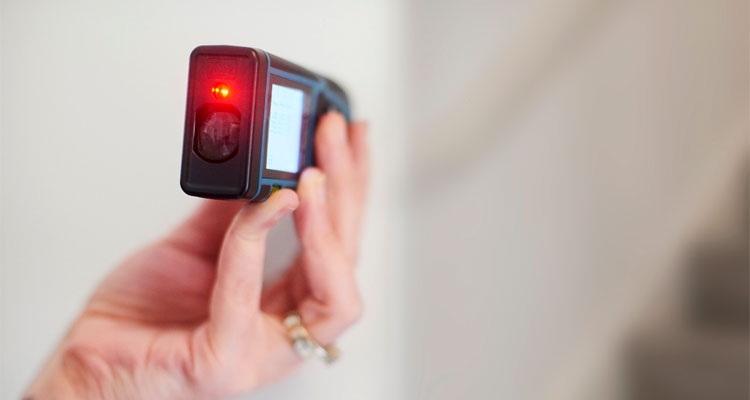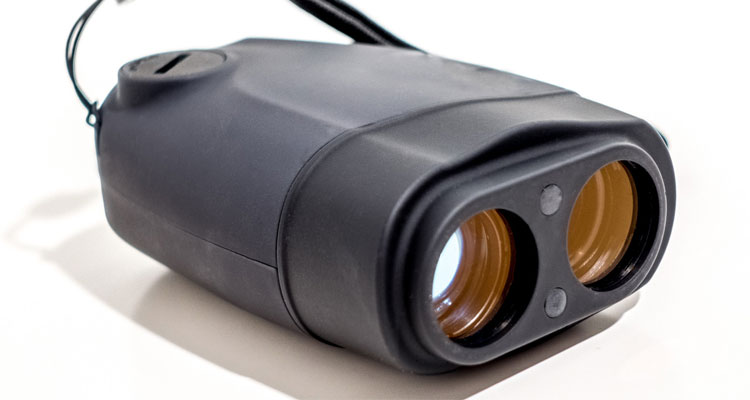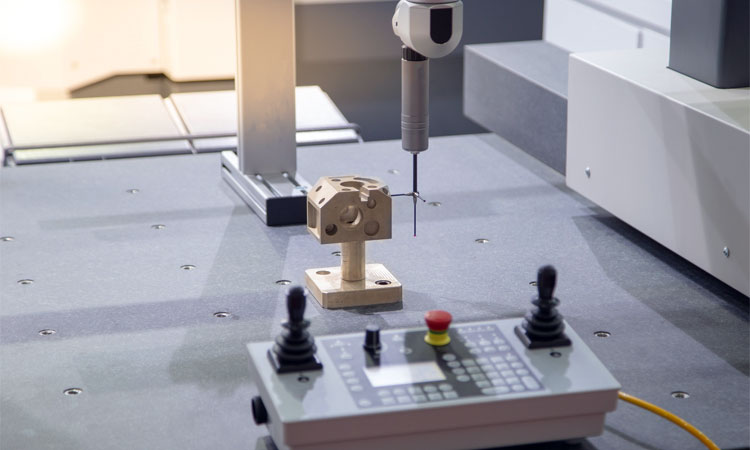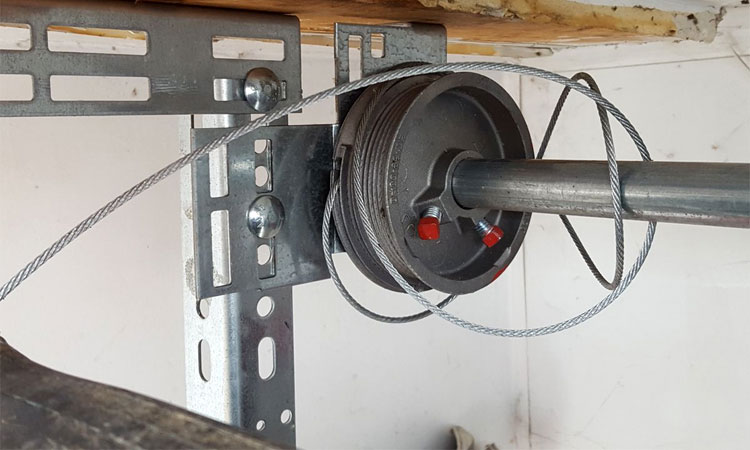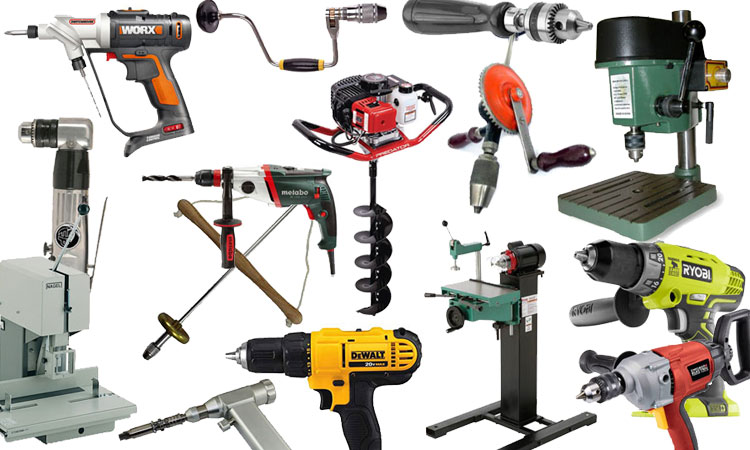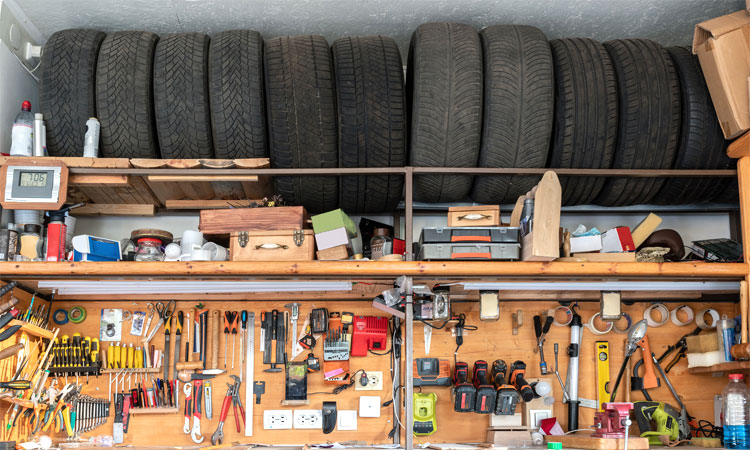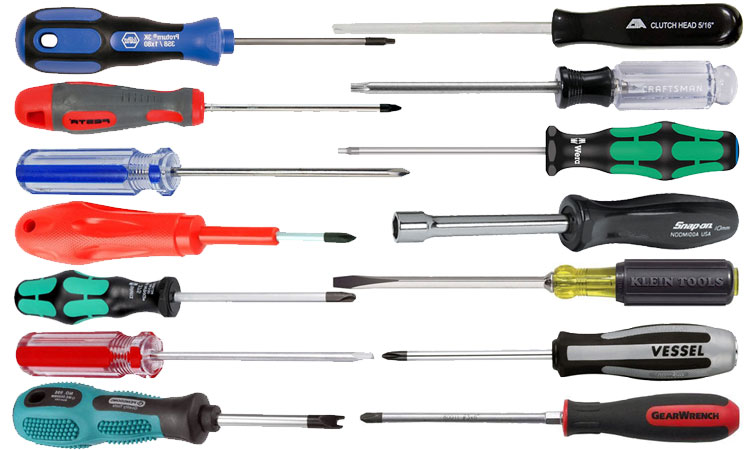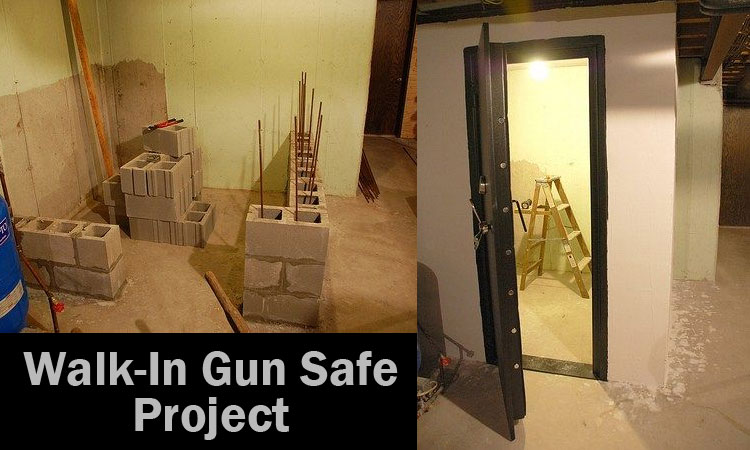20 Most Common Tools to Measure Length or Distance
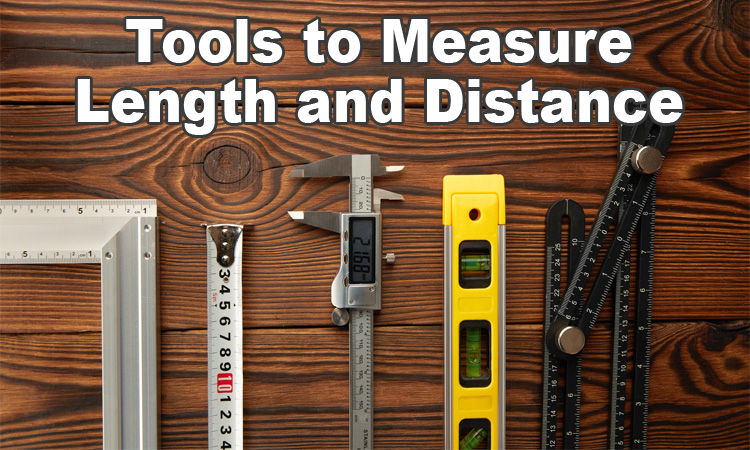
Have you ever wondered about the different tools available to measure length or distance? In this article, we’ll introduce 20 of the most common types of tools that are used for various measurement tasks, making your life easier and more efficient.
Whether you are working on a construction project, doing car maintenance, or simply need to measure an object at home, these tools come in handy to ensure the accuracy and precision of your measurements. We will explore a wide variety of measuring tools, from traditional rulers and tape measures to more advanced laser devices and digital technologies.
Basic Concepts of Length and Distance Measurement
In this section, we will cover the basic concepts of length and distance measurement, including units of measurement and the distinction between accuracy and precision.
Units of Measurement
You might be familiar with various units for measuring length and distance, such as inches, feet, and miles in the customary system, and millimeters, centimeters, meters, and kilometers in the metric system. To convert between these units, you can use a handy chart or a conversion tool:
- 1 inch = 2.54 centimeters
- 1 foot = 12 inches
- 1 yard = 3 feet
- 1 mile = 1,760 yards
- 1 millimeter = 0.1 centimeter
- 1 meter = 100 centimeters
- 1 kilometer = 1,000 meters
Accuracy vs Precision
When measuring length or distance, you should also consider the concepts of accuracy and precision.
Accuracy refers to how close a measurement is to the true value. In order to improve accuracy, you can use more accurate tools, calibrate your instruments, or follow proper measuring techniques.
Precision, on the other hand, involves the repeatability or consistency of your measurements. To achieve precision, you might take multiple measurements and calculate the average, or you could use more precise tools with finer graduation markings.
When you take measurements in any project, it’s essential to balance accuracy and precision, as both play a vital role in achieving accurate results.
Traditional Measurement Tools
These are some traditional tools that you might find useful when measuring length or distance:
#1 – Ruler
Whether you’re in 2nd grade or an experienced architect, a ruler is a basic tool in your arsenal, perfect for measuring small to medium lengths. They come in various materials such as wood, plastic, or metal.
#2 – Tape Measure
A tape measure is a portable, retractable tool that is a necessity in the construction industry. While 12, 16, and 25 foot varieties are the most commonly used, tape measures are available up to 100 feet long. Its various parts allow flexibility to measure curved surfaces and large distances easily.
#3 – Folding Ruler
Folding rulers can be extended and then folded back into a compact size. They’re useful when you need a longer ruler but still want something that’s easy to carry and store.
#4 – Measuring Tape
Measuring tapes are similar to tape measures, but they’re made from a soft, flexible material that’s perfect for measuring irregular or round objects.
#5 – Calipers
Calipers provide precise measurements and are great for measuring the width or thickness of items. Whether using a dial caliper, vernier caliper, or digital caliper, expect to get extremely accurate measurements.
#6 – Micrometer
This tool is used to measure extremely small distances, often in the range of millionths of a meter. Its precision makes it ideal for tasks that require high accuracy.
#7 – Surveyor’s Wheel
Also known as a “measuring wheel,” this tool is used to measure long distances. Simply roll the wheel along the ground, and it calculates the distance covered.
#8 – Protractor
A protractor measures angles and is often used in combination with rulers to find lengths indirectly through calculations and geometry.
#9 – Trundle Wheel
Similar to the surveyor’s wheel, the trundle wheel is geared towards measuring long distances, though it may be less accurate due to its simpler design.
#10 – Paint Thickness Gauge
This tool measures the thickness of paint or other coatings on various surfaces, helping you achieve consistent coating results.
#11 – Tire Tread Depth Gauge
Ensure your vehicle’s tires are safe with this tool that measures the depth of the tire tread, indicating wear and when replacements may be needed.
#12 – Brake Pad Thickness Gauge
Just like the tire gauge, this tool measures the brake pad thickness, helping you maintain your vehicle’s braking system for optimal safety.
#13 – Spark Plug Gap Tool
This small and handy tool ensures the correct gap between a spark plug’s electrode and its metal shell, improving engine performance.
#14 – Odometer
An odometer is an instrument that measures the distance traveled by a vehicle. It’s helpful to track wear and tear or when calculating fuel efficiency.
#15 – Pedometer
A pedometer counts your steps and helps measure the distance you’ve walked or run, which is useful in monitoring your fitness progress.
#16 – Architect’s Scale
This specialized ruler features multiple scales used for drawing architectural plans. It helps architects measure dimensions and convert between drawing and real-world measurements.
Modern Measuring Tools
#17 – Laser Distance Measure
For a more modern solution, use laser distance measures. These devices project a laser beam onto a target and calculate distance based on the time it takes for the beam to reflect back to the device. Laser distance measures are fast, accurate, and can cover long distances, making them ideal for construction and surveying projects.
#18 – Digital Calipers
For precise measurements, especially in machining and engineering applications, rely on electronic calipers. These tools are user-friendly, provide digital readouts, and quickly switch between metric and imperial units, offering more accuracy than their mechanical counterparts.
#19 – Rangefinder
Rangefinders, particularly useful in golf or hunting, helps you measure distances to targets. You can find different types: laser rangefinders and ultrasonic rangefinders, depending on your needs. Both types offer advantages for specific applications, so choose one that suits your requirements best.
#20 – Coordinate Measuring Machines (CMM)
Coordinate measuring machines (CMM) are used to measure the size, shape, and position of objects in a precise and controlled manner. These devices capture data points and transform them into geometric forms, making them useful for quality control and inspection tasks. They come in both manual and automated versions to cater to your unique measuring requirements.


